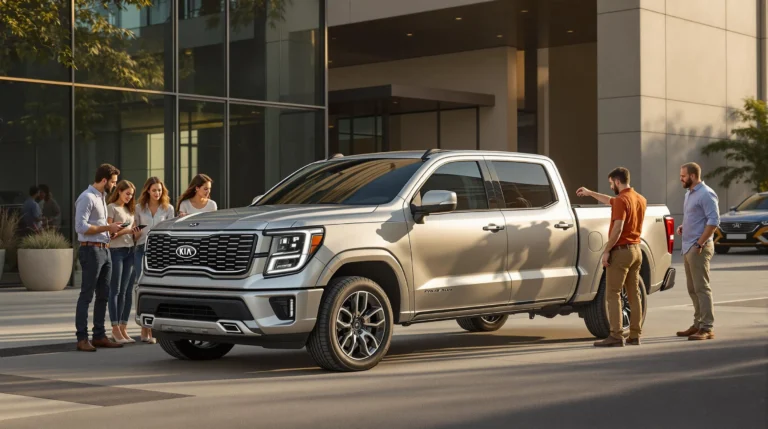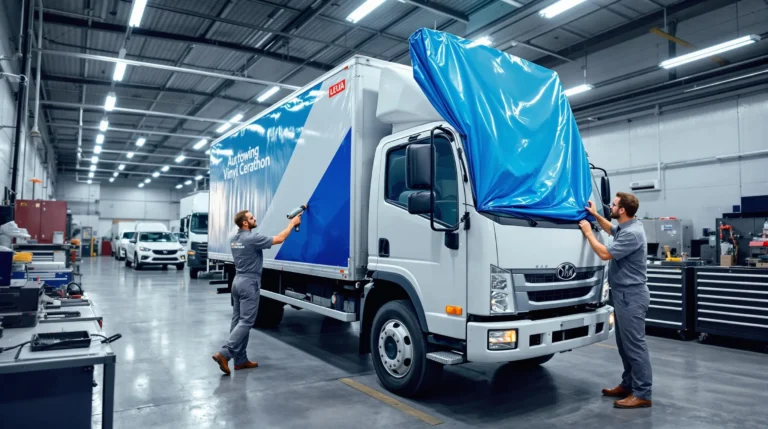Tint Percentages Made Simple: 5 Pro Tips for Better Privacy
Ever looked at a car with super sleek, tinted windows and wondered, “How dark is that?” Or maybe you’re thinking about getting your own windows tinted but are totally lost in the world of percentages. You’re not alone! Understanding tint percentages can feel like learning a new language, but trust me, it’s simpler than it sounds, and it makes a huge difference to your ride.
So, what exactly are these window tint percentages everyone talks about? Basically, it’s a way of measuring how much light can actually get through your tinted windows. Think of it like this: a 35% tint means only 35% of the light can pass through, while the other 65% is blocked. The lower the number, the darker the tint – simple as that!
(Quick Tip: Before you even think about tinting, make sure your windows are sparkling clean. Nothing worse than trapping dirt under that fresh tint! Speaking of clean windows, ever struggled with those annoying water spots? Check out this guide on removing water spots from your car windows for some handy tips. )
Peeking Through the Shades: Different Tint Levels Explained
Let’s break down some common tint levels you’ll come across:
- 70% VLT: Barely There, But Still There! This is a super subtle tint. You might not even notice it at first glance. It’s great for windshields because it blocks those harmful UV rays without making it hard to see. Plus, it’s usually legal for the front windshield in most places.
- 50% VLT: A Touch of Shade. This is where you start to see a bit of difference. It’s a nice balance – it looks good and helps cut down on glare, making your drive more comfortable. Perfect for everyday driving, right?
- 35% VLT: The Sweet Spot for Many. This is a really popular choice for side windows. It gives you a good amount of privacy without making it feel like you’re driving in a cave. Plus, it’s often the legal limit in many states, so it’s a safe bet.
- 20% VLT: Getting Darker Now. Now we’re talking serious privacy. This different tint level makes it harder for people to see inside your car. Just be careful, as it might be too dark for the front windows in your area.
- 5% VLT (aka Limo Tint): Maximum Privacy. This is the darkest you can go – the famous limo tint percentage. It offers the most privacy, but it’s usually illegal for front windows and often restricted to the rear windows only. Think about it – you want to be able to see your side mirror clearly!

Okay, this is where things can get a little tricky. Window tint legislation varies wildly from state to state. What’s legal in one place might get you a ticket in another. Seriously, it’s that different!
The Insurance Institute for Highway Safety maintains a comprehensive database of window tinting laws by state, which is regularly updated to reflect the latest regulations.
Here’s the general idea, though:
- Windscreen Tinting Law: Most states allow a non-reflective tinted strip along the very top of the windshield. This helps block the sun, which is nice. But tinting the entire windshield? Usually a no-go. You’ll often see this referred to as the legal tint limit for the windshield.
- Front Side Windows: This is where the legal tint percentage is most often enforced. You’ll usually see limits around 70% or 50% VLT (visible light transmission). They want to make sure you and other drivers can see each other.
- Back Side Windows & Rear Window: Generally, you have more freedom here. Many states allow darker different tint levels on the back windows.
Important Note: Always, always check your local state law before getting your windows tinted. Don’t rely on what your buddy told you or what you saw online. A quick search for “window tint percentages by state” should get you the info you need. Trust me, avoiding a ticket is worth the few minutes of research!
(Planning a trip and thinking about renting a car? Make sure you know the rules of the road, including tint laws, wherever you’re going! Check out our guide to car rental companies in Europe.)

Beyond the Darkness: The Perks of Tinting
So, why do people even bother with window tint film? It’s not just about looking cool (though let’s be honest, that’s a bonus!). There are some real benefits:
- Blocking UV Rays: This is a big one! Good quality tint can block a huge amount of those harmful UV rays, protecting your skin and your car’s interior from fading.
- Reduces Glare: Say goodbye to squinting into the sun! Tint makes driving much more comfortable, especially on bright days.
- Increased Privacy: Whether you want to keep prying eyes out or just feel a bit more secluded, tint definitely helps.
- Heat Reduction: Especially with ceramic tint percentages, you can significantly reduce the amount of heat that enters your car. That means a cooler cabin in the summer and less reliance on your AC.
(Speaking of keeping your car cool and comfortable, have you thought about keeping your windows clean? Our guide to the best cleaner for car windows can help you achieve streak-free shine! )

Choosing Your Shade: Finding the Best Tint Percentage for You
Okay, so you’re ready to take the plunge. How do you pick the right tint percentage chart for your needs? Think about these things:
- What’s legal in your state? This is the non-negotiable starting point.
- What do you want to achieve? Are you mainly after privacy? Heat reduction? Glare control?
- What kind of car do you have? Sometimes, the recommended car tint can depend on whether you have a sedan, an SUV, or a van.
- Consider ceramic tint: While it might cost a bit more upfront, the benefits of ceramic tint percentages – like better heat rejection and UV protection – can be worth it in the long run.
One last thing: When you’re getting your windows tinted, make sure the installer knows their stuff. A good installer will be familiar with local laws and can help you choose the right levels of tint on a car to meet your needs and stay legal.
The Auto Glass Safety Council recommends always having window tinting installed by certified professionals to ensure proper application and compliance with local laws.
So, there you have it! Hopefully, this clears up the mystery around car tint percentages and helps you make the right choice for your vehicle. Happy tinting!
Let me know if you would like any adjustments or further refinements to this article!
There are no reviews yet. Be the first one to write one.







